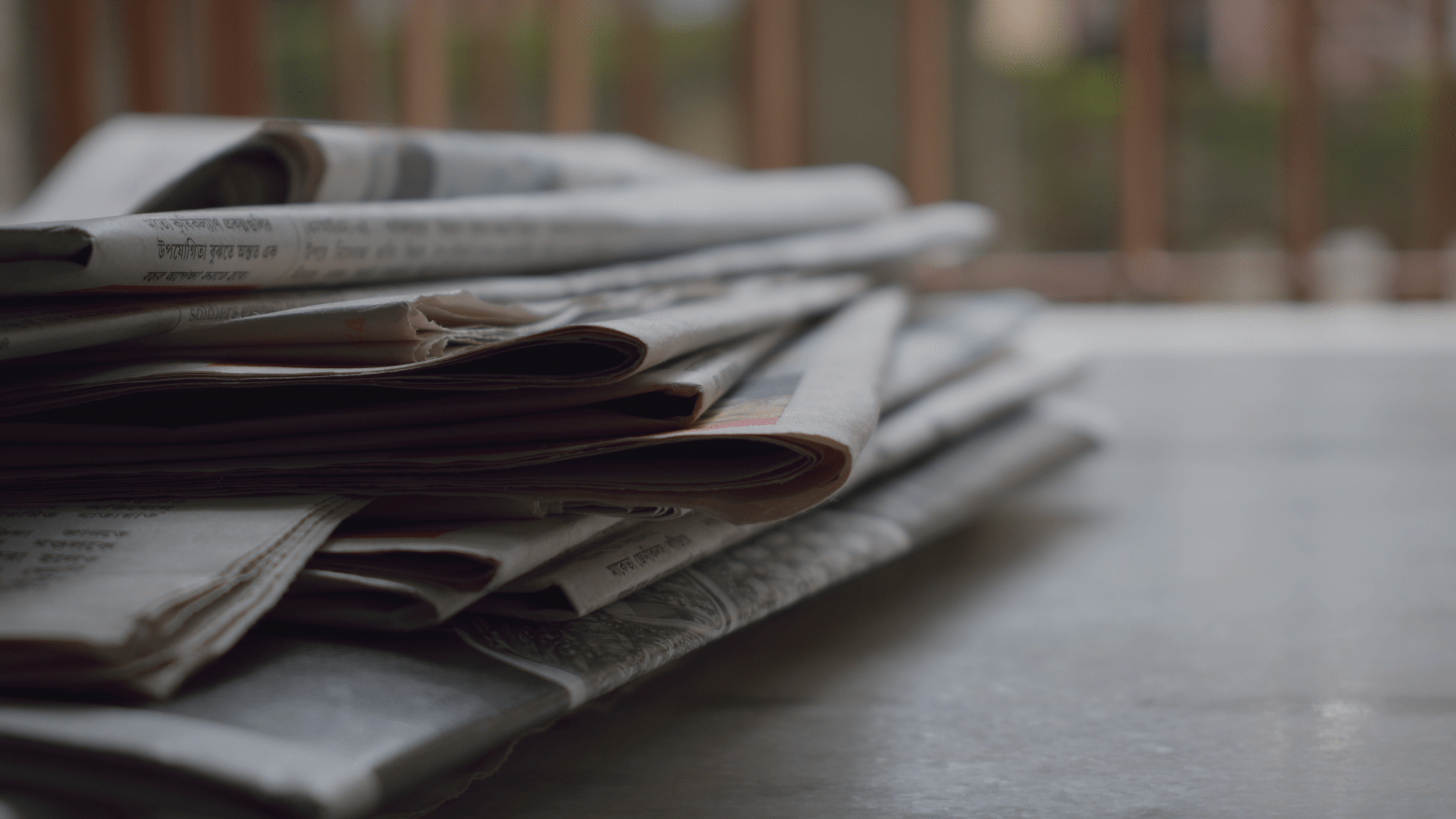Since it was launched in October 2010, Instagram has quickly caught on as one of the world’s primary photo sharing platforms. On it you can take a photo, make it look pretty and share it with the world in a matter of seconds. But is that good news for the photography industry?
Instagram is the brainchild of co-founders Kevin Systrom and Mike Krieger. According to the app’s frequently asked questions which are available here, it was created in an attempt to challenge the assumption that taking good photos required a big bulky camera. They list three specific issues that they have tried to solve by creating Instagram…
“One – mobile photos always come out looking mediocre. Our awesome looking filters transform your photos into professional-looking snapshots. Two – sharing on multiple platforms is a pain – we help you take a picture once, then share it (instantly) on multiple services. Three – most uploading experiences are clumsy and take forever – we’ve optimised the experience to be fast and efficient.”
Instagram profiles are set to public by default – however users do have the option to make their profile private if they so wish. Therefore there is certainly an aspect of sharing involved in the service. The network can be integrated with your other profiles on networks such as Twitter and Facebook.
Is Instagram harming the photography industry?
It’s difficult to reach an unequivocal answer over the effect that Instagram is having on the photography industry, however there are certainly those who have major aversions to it.
A common factor that critics draw issue with are Instagram’s creative filters. While these certainly fit with the app’s ease of use aspect, many argue that they aren’t high quality and that they can put the photo-taker under the misconception that they are more talented than they are. For example, in an article written for the Guardian back in July 2012, Kate Bevan commented that “these filters spoil pictures: they get in the way of the image and they distort the story the picture is telling.” She describes filters as “the antithesis of creativity… one click and you’re done.” In December 2013, London based Mexican photographer Antonio Olmos went one step further when talking about camera phones by saying that “Photography has never been so popular, but it’s getting destroyed. There have never been so many photographs taken, but photography is dying.”
While we don’t necessarily believe that photography is dying per se, we think that users should have a clear perception of what Instagram is for. As a social media management company, we understand and empathise with the vision of Systrom and Krieger. The app is a brilliant platform for instantly sharing a moment and pictures do really say a thousand words. It is also an incredibly useful tool for marketing. But it is not a replacement for professional photography.
Far from scorn the platform, professional photographers should harness Instagram’s marketing possibility for their photography. They should face facts that a person who cannot tell the difference between a richly edited photograph taken by a talented photographer and a picture of a cocktail taken on a phone and layered with a sepia tone glaze would never have been their audience in the first place.



